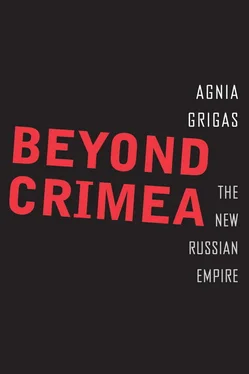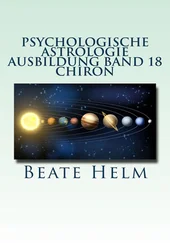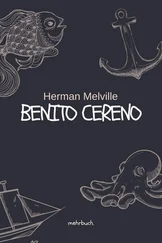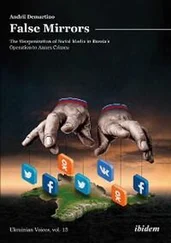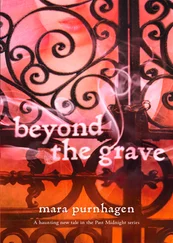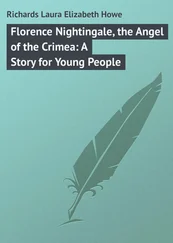Georgia
The populations of Russian speakers and so-called Russian compatriots of Georgia, Moldova, and Ukraine could not be more different, particularly because of differences in their ethnicities. Indeed in the case of Georgia and Moldova it is surprising that Moscow would conceptualize those populations as compatriots. Georgia’s South Ossetians, numbering only fifty thousand, have little to do with Russia ethnically, culturally, or linguistically. Ossetians are descendants of the Alans, warrior tribes speaking a language akin to Persian, who have lived here since the early medieval period. 5For hundreds of years, South Ossetians and Georgians lived in harmony, and most Ossetians spoke Georgian in addition to Ossetian. Their recent affinity with Russia can be explained by their geographical proximity to North Ossetia (also inhabited by Ossetians), which is part of the Russian Federation. The Georgians, Abkhazians, and Ossetians also share a common Orthodox Christian faith with Russia. Like the Ossetians, Georgia’s Abkhazians are also a distinct ethnic group, now numbering just a few hundred thousand. In the eighth century, they formed a Christian kingdom with close ties to either united Georgia or the Georgian Principality until they came under Ottoman rule and then that of the tsarist Empire. During the nineteenth century, the tsarist regime carried out an ethnic cleansing policy along the northeast shore of the Black Sea and the North Caucasus, which resulted in the annihilation of around 1.5 million locals and the expulsion from the region of a similar number of indigenous Abkhazians, Circassians, and Muslim tribes. 6Subsequently, Russians, Armenians, Greeks, and Georgians colonized the region. 7The Georgian-born Stalin pursued aggressive Georgianization policies in Abkhazia, which was the turning point that forever spoiled Abkhaz-Georgian relations. Instead, Abkhazians increasingly looked to Moscow for support. 8
Moldova
In Moldova, Moscow’s perception of local minorities and even ethnic Moldovans as “compatriots” is likewise puzzling. Sharing the same language and culture with neighboring Romania, the Moldova principality came under the influence of Moscow at the beginning of the nineteenth century with its incorporation into the Russian Empire. For the next two hundred years, Moldova would face Russification policies while the native Romanian was eliminated from official use. 9The Stalin era saw executions and deportations of locals to Siberia or Central Asia while new, Russian-speaking workers were brought in. 10In addition the “Moldovan” language was introduced, which was essentially the same as Romanian but written in the Cyrillic alphabet. 11The conflict in Transnistria emerged following Moldovan independence from the USSR, when Chisinau reinstated Romanian as the state language and in 1990 Transnistria declared its independence from Moldova, seeking instead to continue to be part of the Soviet Union. 12Initially the Kremlin was skeptical toward Transnistria’s independence and ability to control the region, and the Russian media described the independence movement as “rebellion against perestroika.” 13Transnistria’s activists also toyed with the idea of integrating with Ukraine but increasingly the idea of autonomy and identity tied to Moldova’s Soviet history gained ground. 14Today, the people of Transnistria whom Moscow has long sought to protect as Russian compatriots in fact are almost equally divided between Moldovans, Ukrainians, and Russians, with Moldovans being the most numerous. There are two more regions in Moldova with separatist proclivities and Russian support: the Taraclia district, where some 65 percent of the residents are Russian-speaking ethnic Bulgarians; and the autonomous region of Gagauzia, where some 80 percent of the population are Gagauz—an Eastern Orthodox nation of Turkish and Bulgarian descent. Though the Gagauz have their own Turkic language, the majority today are Russian speakers, in great part due to Soviet Russification policies. 15
Ukraine
Unlike Georgia and Moldova, Ukraine is a Slavic nation, making it easier for Russia to impose a Kremlin-driven narrative of its culture and history, with the aim of appropriating Ukraine for its imperial project. Moscow likes to promote the concept that Kievan Rus’ formed the ninth-century cradle of Slavic (Russian, according to Moscow) civilization in the territory of Ukraine. This is argued as evidence that Ukrainians and Russians are essentially one and the same people. 16Ukrainians lay claim to their own distinct history and identity, and argue that “Rus’ ” historically referred to the lands and peoples of Ukraine and Belarus. Until 1547 Russia was never referred to as such but rather by the name of its capital city: Moscovia—officially known as the Grand Duchy of Moscow. The relatively modern concept of Russia only developed during the reign of Ivan the Terrible, who inherited the title of Grand Prince of Moscow from his father, Vasili III, and in 1547 assumed the title of Grand Prince and Tsar of All the Russias. 17At most, Ukrainians acknowledge their common roots with Russians until the tenth century, but some even question whether Russia is truly a Slavic nation. 18Ukraine’s history with its so-called brother-nation has been difficult since the end of the eighteenth century when Kiev lost the remains of its autonomy to the Russian Empire. 19In the nineteenth century the Ukrainian nation faced aggressive Russification policies from Moscow, including closure of its main institution of higher learning, the Kiev-Mohyla Academy, suppression of its culture, prohibition from publishing books and teaching in Ukrainian, and even banning of building churches in the Ukrainian Baroque style. 20The Stalinist era was the cruelest to Ukraine. In the early 1930s, most Ukrainian intellectuals and officials were repressed and killed, while the repression of Ukrainian peasants took the shape of the politically motivated famine, the Holodomor (extermination by hunger), in which around 5 million Ukrainians perished. 21Throughout the Soviet era, Russification policies and an influx of Russian immigrants persisted.
In eastern Ukraine the developments were similar but Russification was more pronounced. Before the 1850s, Ukraine’s eastern regions of Donetsk and Luhansk were inhabited predominantly by rural Ukrainians, but one could also meet peasants of various ethnic origins—Russians, Greeks, Germans, Tatars, and others. Industrialization brought labor migrants from central Russia and elsewhere. 22During Soviet times, many prisoners were deported from all over the Soviet Union to the Donbas to work in coal mines and factories, resulting in a more diverse ethnic composition in the Donetsk and Luhansk regions than elsewhere in Ukraine. 23However, while the Russian language was popular, ethnic Ukrainians remained the majority. 24
Crimea’s history is distinct from Ukraine’s. The peninsula was ruled by the Golden Horde and then formed part of the Crimean Khanate from the fifteenth to the eighteenth century. The Russian Empire annexed Crimea in 1783, which resulted in the emigration and deportation of the local populations of Crimean Tatars and Greeks, while the peninsula was colonized mainly by Russians. 25In 1944, on the night of 18 May Stalin deported the remaining Crimean Tatars to Uzbekistan, other Central Asian republics, and Siberia. 26Herded to railway stations and packed into cattle cars, many of the Tatars died during the journey, while starvation and disease also took their toll in the resettlement camps. 27As noted by Lilia Muslimova, aide to the Crimean Tatar leader Mustafa Jemilev, “this tragic event resulted in the deaths of 46% of the Crimean Tatar population and achieved what many historians consider to be the Russian desired final solution—a Crimea without Crimean Tatars.” 28The most recent transparent population census, that of 2001, in Crimea showed that 58.5 percent called themselves Russians, 24.4 percent identified as Ukrainians, and 12.1 percent called themselves Crimean Tatars, with other ethnic groups making up the remainder. 29Muslimova adds that “in the twenty-first century Crimean Tatars are once again struggling for their dignity and homeland because of the Crimea’s brutal and illegal occupation by the Russian Federation.” 30
Читать дальше
